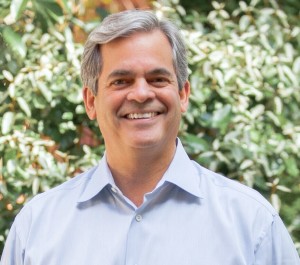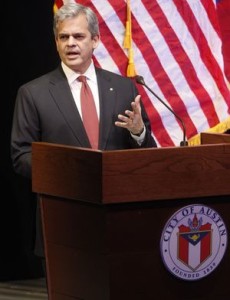One of the less-noticed passages of the State of our City address was what could have been the biggest news about how this Council is increasing funding for affordable housing:
Over the next 10 years, it is projected that this Council will have put a combined $68.2 million dollars into the Housing Trust Fund and $5.6 million into the Homestead Preservation District, not including Pilot Knob. Making growth pay for the burdens it creates is possible, it’s happening, and it’s working.
We may have buried the lede, but Jo Clifton at The Austin Monitor found it, and she has a good write up of how the Council did this:
In a move that will more than double the amount of tax money going into affordable housing, Council voted to dedicate 100 percent of tax revenues being generated by property previously owned by the city to the city’s affordable housing trust fund. The Dec. 17 vote was 9-2, with Council Members Ellen Troxclair and Don Zimmerman voting no.
One example of such a former city property is the Green Water Treatment Plant redevelopment on Lady Bird Lake, which is slated to have 1.7 million square feet of new development – including offices, apartments and a hotel – when complete. Under a resolution approved by Council in 2000, the city has been transferring 40 percent of the revenue from former city properties to the affordable housing fund. …
According to the city’s financial staff, transferring 40 percent of those tax revenues would have generated $1 million in 2017 and increased each year to $4 million in 2026. However, at 100 percent, the 2017 transfer would be $2.5 million. That amount would increase to $10 million in 2026. The cumulative total for the 40 percent transfer was estimated to be $27.3 million, but the cumulative transfer for 100 percent of the tax revenue is expected to be $68.2 million. …
About 40 percent of the money generated by the properties will serve as a funding mechanism for rehabilitating housing and building new housing stock within homestead preservation districts. Another 20 percent will be used to provide affordable housing development in what are called “high-opportunity areas,” which are generally in higher-income neighborhoods and mostly on the west side. The final 40 percent will maintain the existing funding stream into the housing trust fund.

 In
In  ed on Feb. 19, 2016
ed on Feb. 19, 2016